Florence, widely considered the birthplace of the Renaissance, looms large when discussing the history of Western art.
It’s home not just to the greatest art gallery of all time but also several small, specialized museums that cover everything from fashion to archaeology and science.
Whether you love Renaissance art, ancient artifacts, or contemporary design, you can find a museum here to capture your interest.
This list will help you find the 25 best museums in Florence, organized by theme, so you can create your perfect cultural sightseeing itinerary.
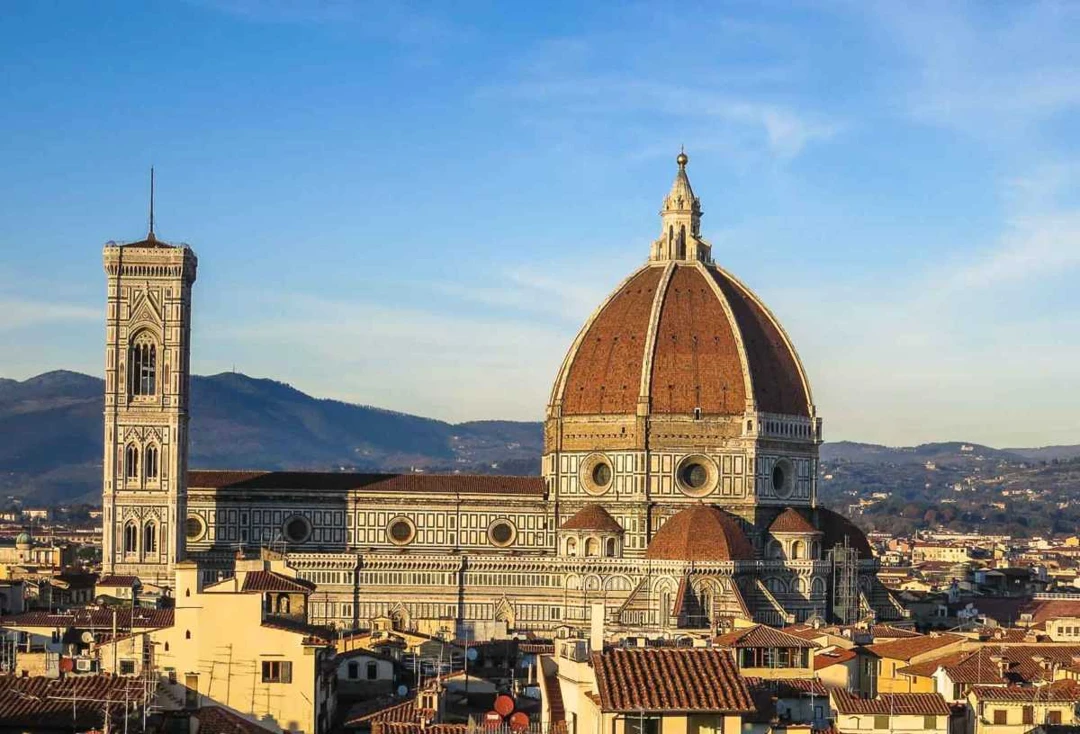
Art & Painting Museums
1. Uffizi Gallery (Galleria degli Uffizi)
This is the most important art gallery in Florence. The Renaissance masterpieces in this museum are truly impressive.
You get to see their works up close and personal, including pieces by Botticelli, Michelangelo, Leonardo da Vinci, and Raphael.
Notable Collections: Don’t miss Botticelli’s “The Birth of Venus” and da Vinci’s “Annunciation.” Both pieces are truly incredible.
Practical Information: Don’t forget to buy your tickets early. The Uffizi is a busy museum and the lineups are usually quite long
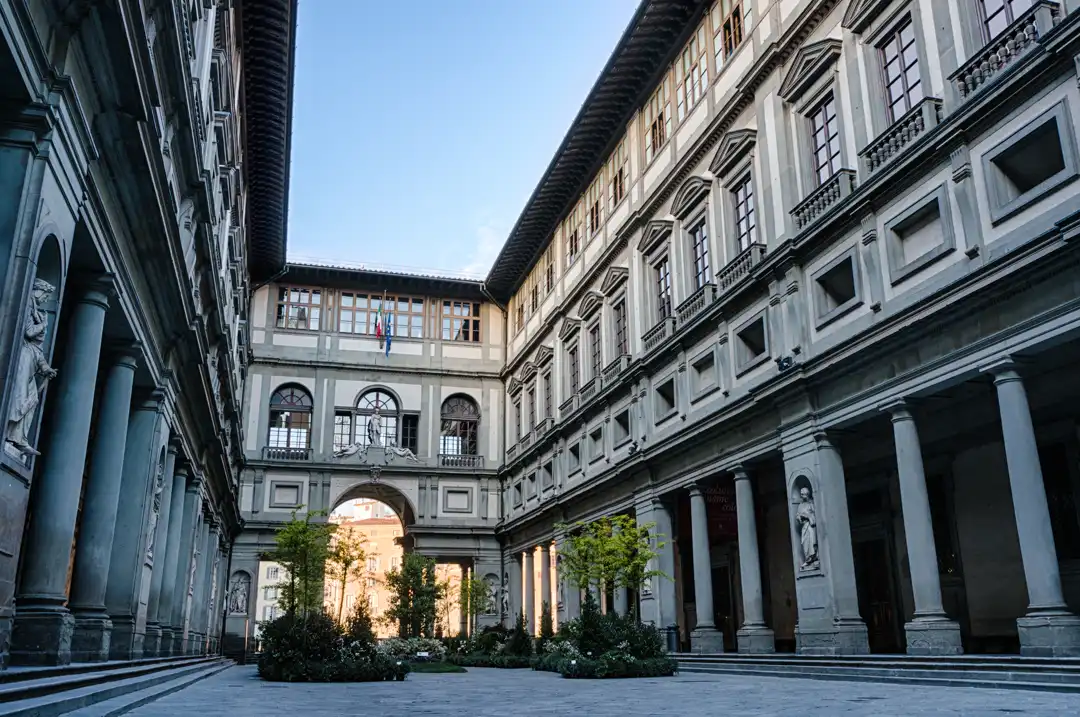
2. Accademia Gallery (Galleria dell’Accademia)
The Accademia Gallery isn’t too far from the Uffizi. It’s most well-known for being home to the awe-inspiring statue of David by Michelangelo. But there’s more to the museum than that.
Notable Artworks: You’ll get to see sculptures and paintings from the 13th all the way to the 16th century and these will give you an understanding of just how extraordinary the artists were who spearheaded the Renaissance.
Practical Information: Try to go in the morning to beat the afternoon rush. Watching the art is just more peaceful.
3. Palatine Gallery (Palazzo Pitti)
Hop inside the opulent Pitti Palace to the fabulous Palatine Gallery. You get a whiff of royal luxury mixed with beauty at its best.
Highlights: Here you’ll find works by Titian, Rubens and Raphael. And in the Baroque environment, they seem right at home.
Practical Information: You shouldn’t overlook the royal apartments. They provide insight into the aristocracy of the past.
4. Museo di San Marco
For something more peaceful, the Museo di San Marco is a quieter and more contemplative alternative. This old monastery allows you to see paintings in situ.
Notable Artworks: The walls are covered with frescoes by Fra Angelico, which bring a sense of spiritual beauty to the room.
Practical Information: Schedule a quiet midday trip. It’s a perfect break from the buzz of the city.
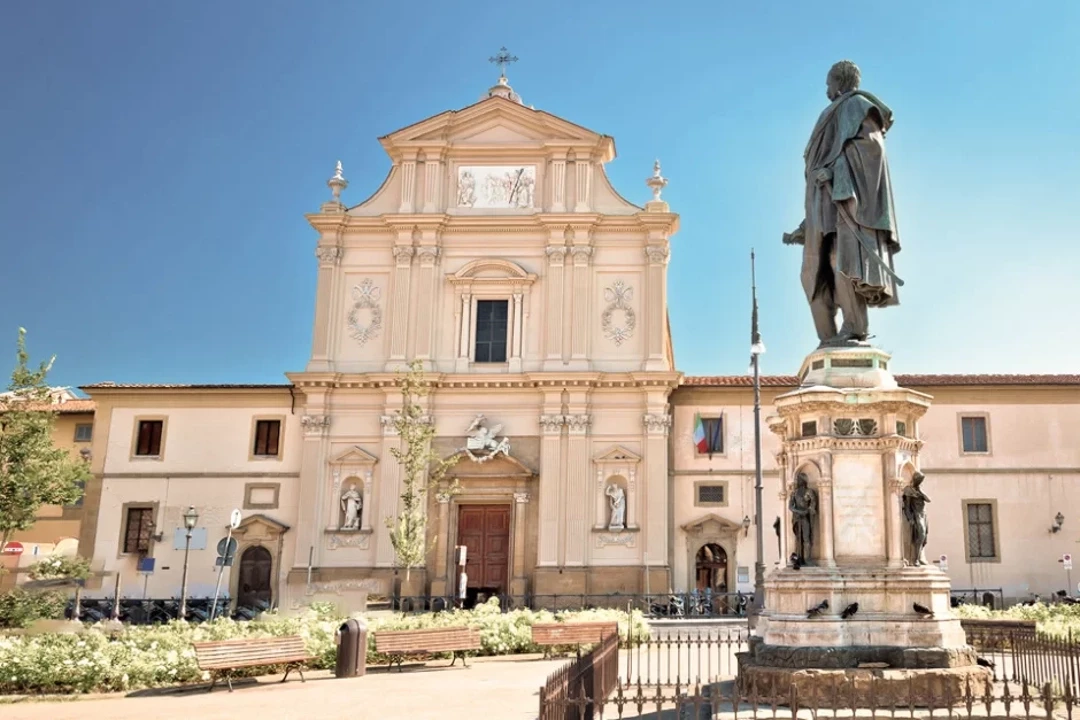
5. Museo Novecento
And if you dig modern art, the place for you is the Museo Novecento, which looks at 20th century Italian art in a new light.
Highlights: Be sure to check out some of De Chirico and Morandi’s paintings. They do interesting things with form.
Practical Information: The museum is centrally situated and can be seen in a relatively short amount of time. A good place to check out contemporary art if you don’t want to wander too far from the downtown area.
6. Museo Horne
For a little bit of randomness, head to the Museo Horne. You can really picture what it was like to live in the Renaissance with collector Herbert Horne.
Highlights: Enjoy historical paintings, drawings, and decorative arts. This museum has a great collection that showcases the depth of this period.
7. Museo Stefano Bardini
Art aficionados will appreciate Museo Stefano Bardini, a collection of Renaissance art and medieval relics.
Highlights: Besides paintings, look for old furniture too, and maybe a few nice surprises elsewhere.
Practical Information: Housed in a former palace, it is a fascinating wander through various periods and styles.
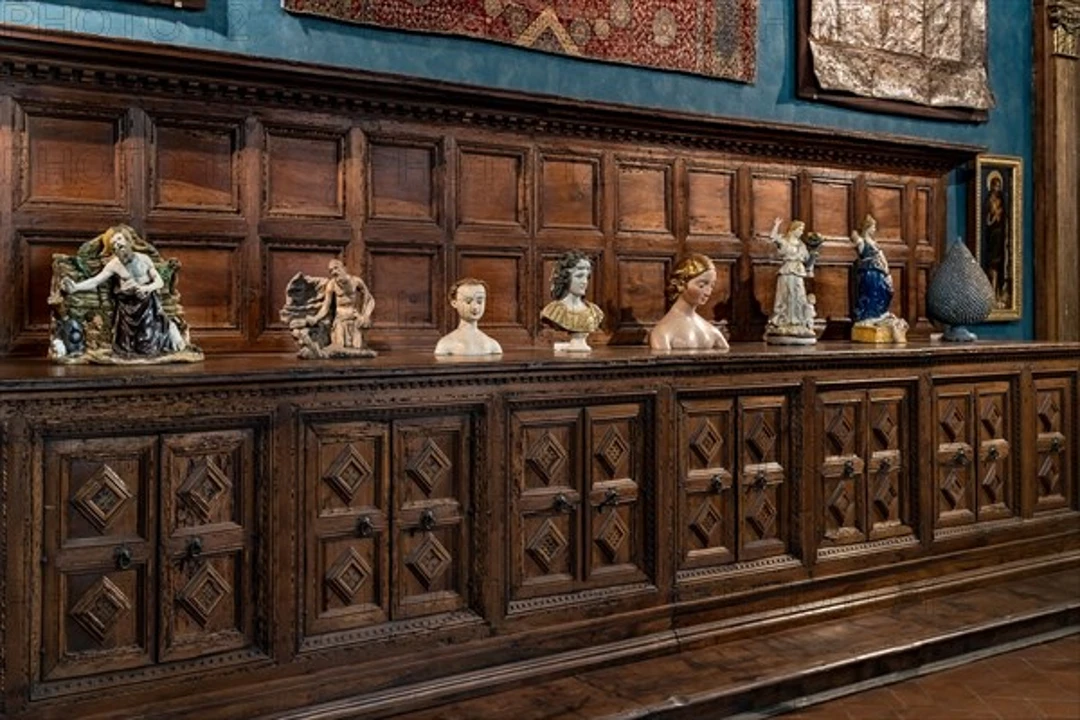
8. Museo Rinaldo Carnielo
For something different, check out the Museo Rinaldo Carnielo. Based on the life and work of the 19th-century sculptor, it’s full of his Symbolist art.
Highlights: Carrara has sculptures that are expressive and intense, embodying the emotional turmoil of his time.
Practical Information: This small museum is great for a quick, yet powerful, visit.
Sculpture & Decorative Arts Museums
These museums showcase Florence’s historical art form: sculpture, all sculptures.
9. Bargello National Museum
The Bargello National Museum is a treat for anyone who loves sculpture.
The moment you walk through the doors, the magnificence of the skill of the Renaissance surrounds you. Once a barracks and prison, it is now bursting with too many incredible works of art.
Notable Artworks: Donatello’s David and Michelangelo’s Bacchus are the highlights. Both showcase the incredible skill and vision of their creators.
Practical Information: Comfortable shoes are advised. The museum’s extensive exhibits could have you walking around quite a bit.
10. Museo dell’ Opera del Duomo
This museum is a haven for the original sculptures and artworks that were removed from the Florence Cathedral complex. It’s home to pieces that were once installed on the cathedral, baptistery, and bell tower.
Notable Artworks: Visit Donatello’s replica Penitent Magdalene and Ghiberti’s replica Gates of Paradise among other treasures. They trace the development of art that defined the skyline of Florence.
Practical Information: For the best experience, try to take the combined ticket with the Cathedral complex. It gives you a complete overview of Florence’s sacred art.
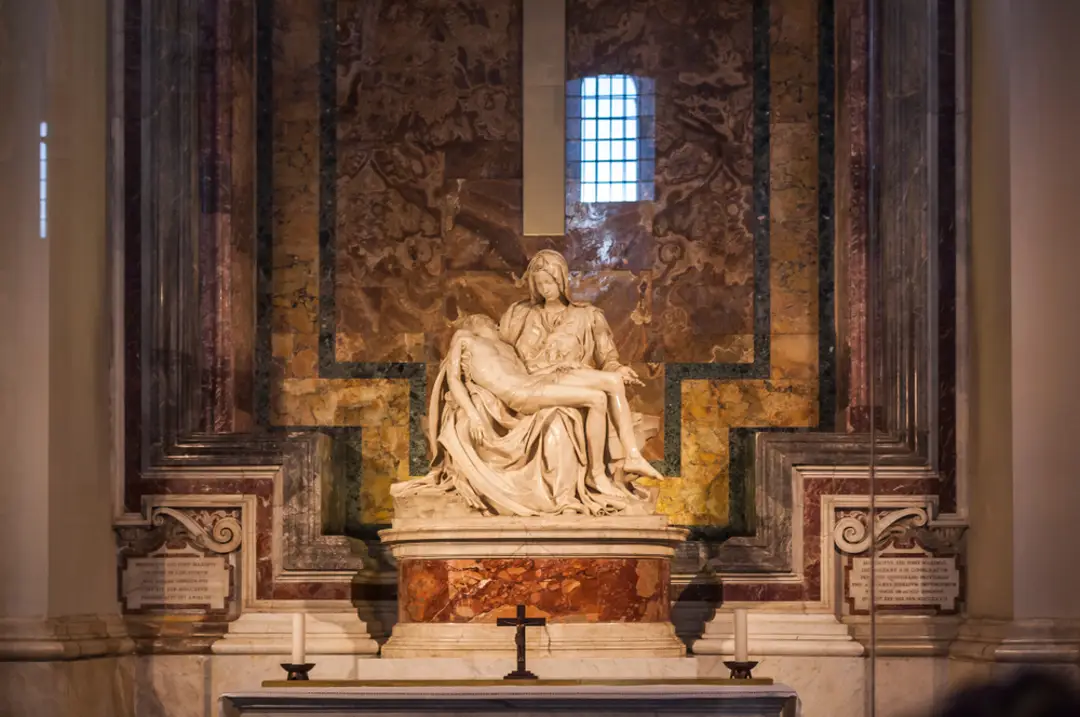
11. Casa Buonarroti
Part gallery, part memorial, Casa Buonarroti is like a shrine to the great artist. The museum is owned by Michelangelo’s descendants and is dedicated to his youthful talent.
Notable Artworks: Michelangelo’s early works influence statues like Madonna of the Stairs and Battle of the Centaurs. These reliefs provide insight of what was to come.
Practical Information: It is quieter with time to think away from the crowds. Best for people looking to avoid the busier places.
12. Stibbert Museum
The Stibbert Museum was one of the best surprises in Florence. This former private collection houses an eclectic mix of armory, paintings, and items from around the world.
Highlights or Notable Artworks/Collections: The armory collections and the section with objects from the Orient are the most intriguing, and each artifact exhibits superb workmanship.
Set just a little far away from the main tourist track, this is a worthwhile stop for travelers who don’t mind straying from the regular itinerary.
Science, Technology & Innovation Museums
13. Museo Galileo
Step back in time to learn more about the world of science at the Museo Galileo. Here you can explore the history of Galileo and many other famous scientists as you examine the many instruments on display.
It’s a fascinating trip down memory lane to see how curiosity and creativity have changed the world.
Highlights: The museums exhibits are fascinating, from Galileo’s actual telescopes and tools, to interactive displays.
Practical Information: Be sure to wander and take your time, as there is so much to explore and you won’t want to miss a single nugget of scientific history.
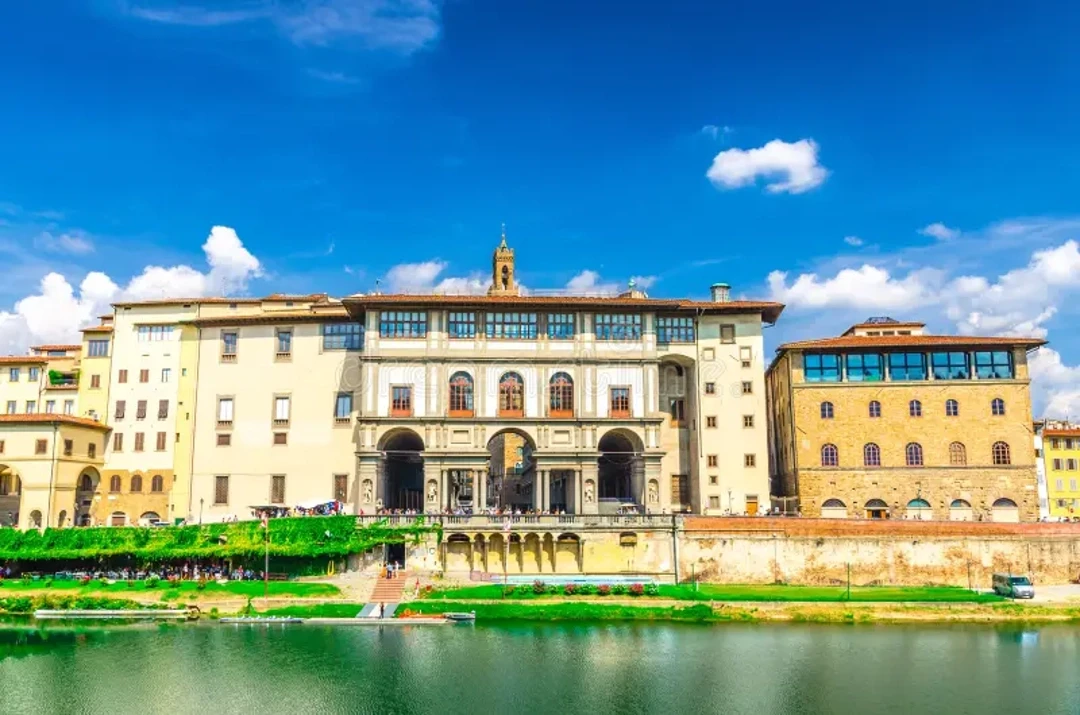
14. Museo Leonardo da Vinci
Step into the world of genius for a visit to the Museo Leonardo da Vinci.
Here you’ll see creativity and ingenuity on full display, for Leonardo was more than just a mere painter. He was a man ahead of his time, dreaming up amazing machines and dissecting the human body with accuracy.
The museum pans out his ideas in a fun and engaging way.
Notable Artworks: Drawing from the designs contained in his extensive notebooks, the museum offers interactive models of Leonardo da Vinci’s machines and miniatures of his architectural projects and inventions.
Practical Information: The museum itself is ideal for families as well as anyone interested in invention. With the central location, it’s easy to add it into your Florence itinerary.
Historical Residences & Palaces
15. Museo di Palazzo Vecchio
Explore history at the Museo di Palazzo Vecchio, a testament to Florence’s political and artistic past. This massive castle-like building used to be the seat of government, or the Palazzo di Signoria. Walking around its elaborate rooms hints of tales and conspiracies linger in every room.
Highlights: Be amazed by the frescoes created by Giorgio Vasari and explore secret corridors that spark the imagination, we loved the Hall of the Five Hundred the most with its enormous scale and exquisite embellishment.
Practical Information: Make sure to tour it with a guide. The history you’ll learn is truly fascinating and makes the visit so much more engaging.

16. Palazzo Pitti
Once the royal palace, now the massive Palazzo Pitti houses an incredible collection of museums. It’s a look back to Medici… extravagant with huge rooms and gardens full of greenery.
Highlights: Visit the different galleries in the palace, all of which overflow with art from the centuries. Be sure to stop in the Palatine Gallery to see the grandeur and elegance of Renaissance and Baroque art taken to a whole new level.
Practical Information: Afterwards, take a leisurely walk through the Boboli Gardens. It’s a nice, nature-filled oasis right in the middle of Florence.
17. Museo Horne
Museo Horne is a small, intimate museum dedicated to Renaissance-era paintings and rooms.
This museum is really just a collection of rooms. It is located in a former private residence, rebuilt as the collector Herbert Horne imagined a Renaissance home would look.
Highlights: This delightful museum houses an assortment of paintings, objects d’art, and furniture. Each space has its own theme, making it easy to imagine the past.
Practical Information: Great if you like to explore, without being disturbed.
18. Casa Buonarroti
A visit to Casa Buonarroti feels like a visit to a museum of Michelangelo. This facility–museum/art-gallery–is owned by his heirs. It helps you understand the man.
Notable Artworks: You can see Michelangelo’s first creations. They all give a glimpse of the talent that changed history and marked his legacy.
Practical Information: Situated far away from the busy center of town, it is a tranquil place to contemplate the life and works of one of the world’s most renowned artists.

Social History & Thematic Museums
19. Museo degli Innocenti
To explore Florence’ smore empathetic side, visit the Museo degli Innocenti. Housed in a beautiful facility designed by Brunelleschi, the museum shares the stories of the city’s orphaned and abandoned kids.
It’s a must if you want to see how the community of Florence looked after its own in the past.
Notable Artworks: You’ll see here a moving selection of paintings, writings, and documents that illustrate the lives of its former inhabitants.
20. Museo Casa di Dante
Learn more about Dante Alighieri (one of Florence’s most famous residents) at the Museo Casa di Dante. It’s a fun exhibit that takes you through the life of the famous poet and son of the city and is located right in the neighborhood where he supposedly grew up.
Notable Artworks: Visit exhibits that bring Dante’s life and the Medieval period to life. From manuscripts to interactive exhibitions, it’s a fun way to get to know the man who penned “The Divine Comedy” and its influence.
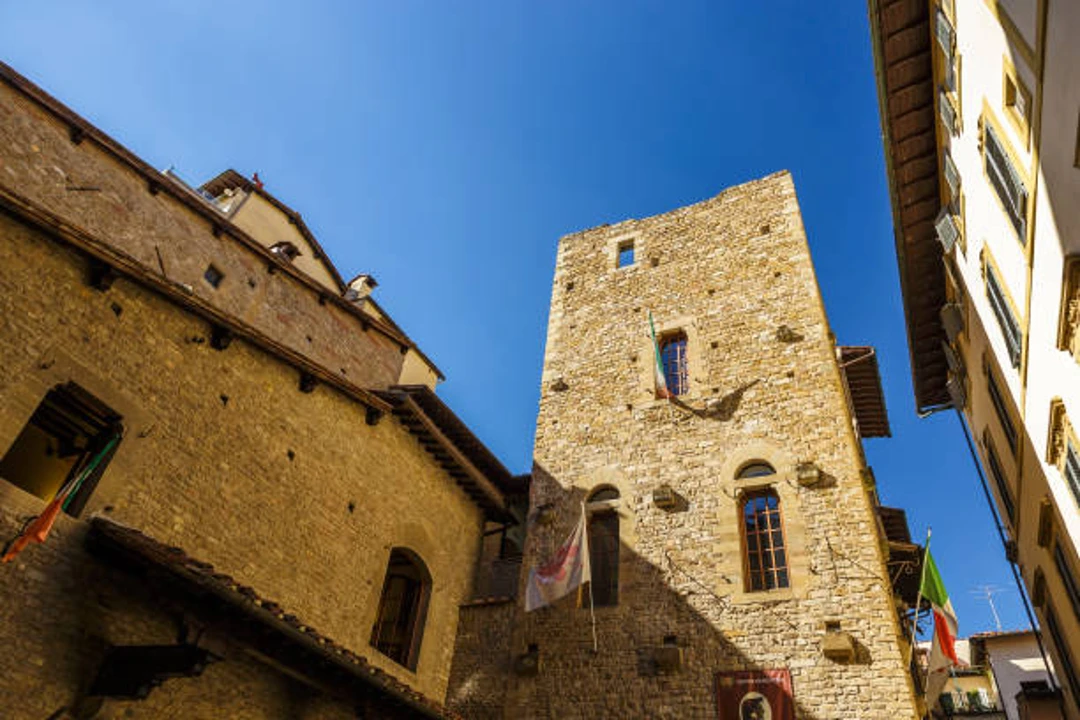
21. Museo della Misericordia
Hidden next to the Duomo, the Museo della Misericordia is a quiet little place in which to learn about Florence’s long-standing tradition of helping those in need.
Here you will find the museum celebrating the oldest charitable institution in the city, an organization that has provided medical attention, as well as other services, for centuries.
Notable Artworks: Discover artifacts and art that outline the narrative of charity and health services in Florence. From old surgical tools to written accounts of the charity’s good works, every exhibit provides insight into caring for your community.
Archaeology & Ancient Civilizations
22. Museo Archeologico Nazionale
If you have any interest in ancient history, you can’t miss the Museo Archeological Nazionale in Florence.
The collection of Etruscan, Roman, and Egyptian artifacts here is quite extensive and will have you marveling at what life was like for these ancient peoples.
Perhaps the best place to learn about the city’s history and its connections to the broader Mediterranean world.
Highlights: One of the highlights of the museum is its large room full of Etruscan pieces, retelling an almost complete history of their civilization, with the bronze statues on display being a testament to great the Etruscans were.
Practical Information: Ensure you look up the specific times of the museums in advance as they vary depending on the time of the year and day.
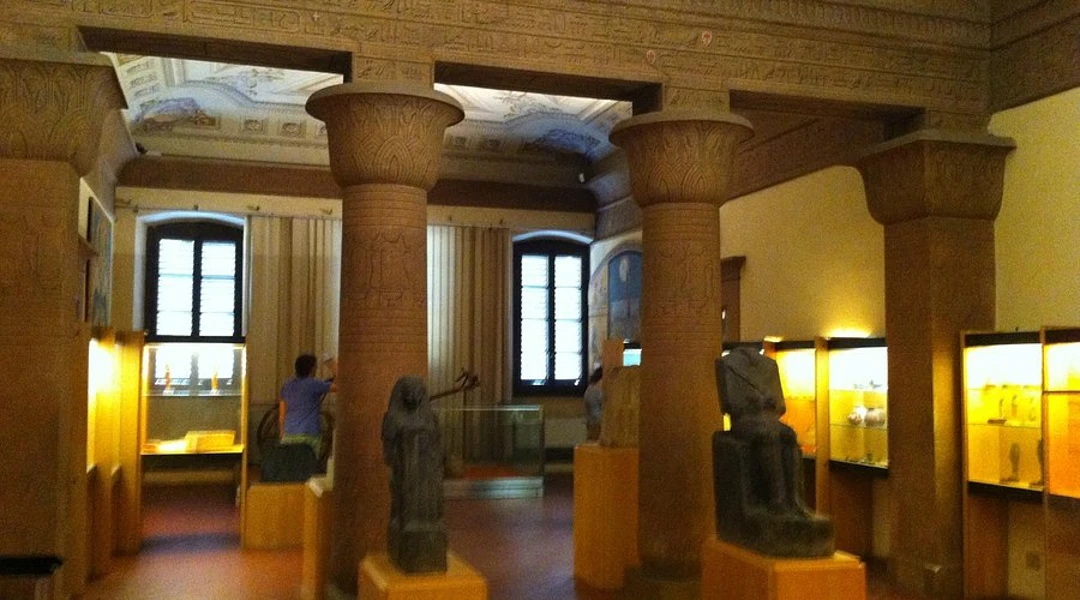
Fashion, Design & Performing Arts Museums
23. Salvatore Ferragamo Museum
Step into the world of fashion at the Salvatore Ferragamo Museum. You’ll find it in the historic Palazzo Spini Feroni, where the story of Ferragamo’s visionary fashions unfolds. It end earing shows how he carved himself a place in the pantheon of fashionistas.
Highlights: Learn about the iconic shoes of a bygone era and the abstract, experimentations of stars like Marilyn Monroe. In every shoe, you can see the inventiveness and talent that distinguished Ferragamo as a shoe god.
Practical Information: Don’t overlook its temporary exhibits—they provide new perspectives on Ferragamo’s impact on international fashion.
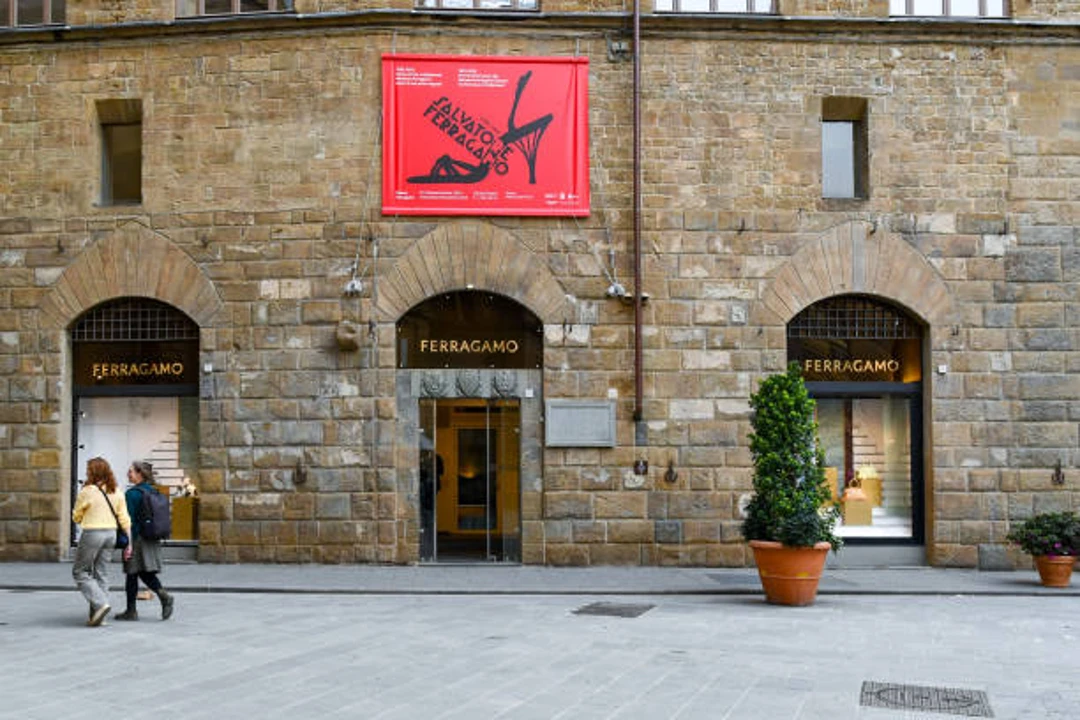
24. Gucci Garden Museum
Explore the world of Gucci at the Guccion the Ground Museum, right in the center of Piazza della Signoria.
The museum is part history museum, part modern art museum, highlighting the creative and innovative side of the brand. It’s a glimpse at the brand’s journey and how its style has become so resonant.
Highlights: Stroll around galleries displaying fashionable wear and multi-media displays recounting the story of Gucci. Themed exhibits delve into various aspects of the company’s history as well.
25. Museo Zeffirelli
Come celebrate the world of the performing arts at the Museo Zeffirelli, a museum in honor of the great director Franco Zeffirelli. You’ll learn all about his career in theater, opera, and film design in this museum and appreciate the artistry he infused into his works.
Highlights: This website features the intricately-designed sets and costumes, as well as rare videos, that showed off Zeffirelli’s theatrical vision. Every article demonstrates his commitment and excitement.
Practical Information: See if they have any special workshops or performances scheduled when you’re there.
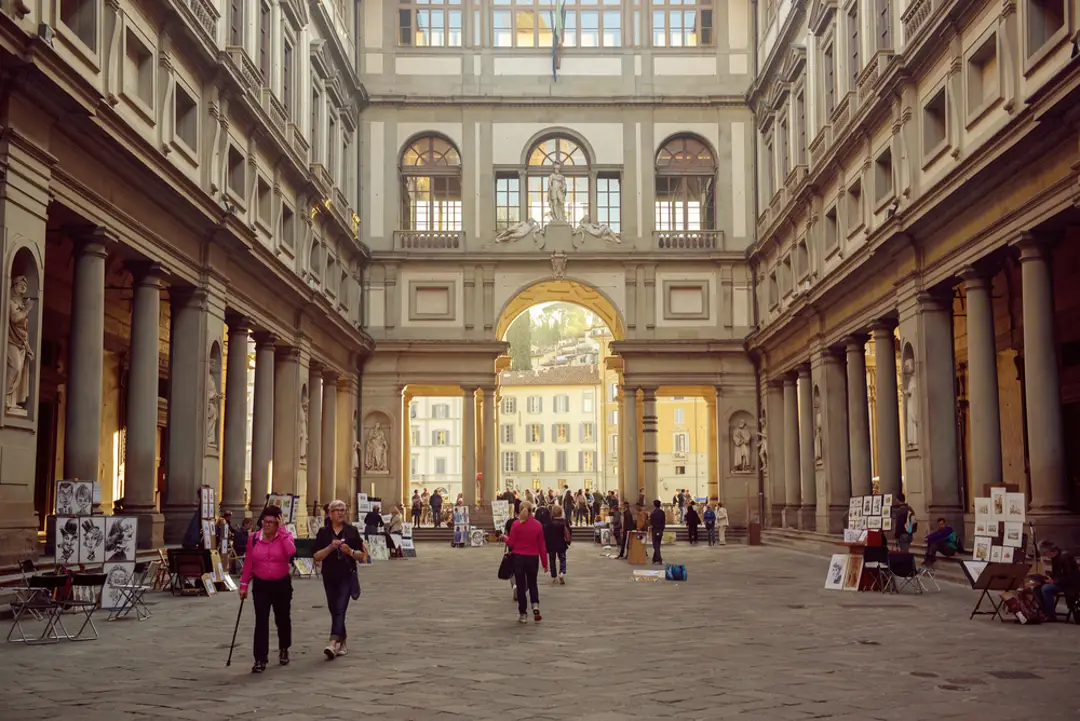
Practical Travel Tips
Visiting the main museums and galleries in Florence shouldn’t be underestimated but, with a little preparation, you can enjoy your visit.
1. Plan Ahead for Popular Museums
It’s highly recommended to book tickets in advance for popular sites (e.g. the Uffizi Gallery and Accademia) to skip the long lines and crowds.
2. Check Museum Hours in Advance
Always cross-reference the official museum websites of where you intend to go. Hours may fluctuate by season or due to special exhibits.
3. Use Florence’s Public Transport
The buses and streetcars are super easy to use and will drop you off just a short walk from almost every major museum and gallery.
4. Accessibility is Well-Considered
Most museums in Florence provided ramps, elevators, and other facilities for disabled visitors.
FAQ
1. What is the best way to travel between museums in Florence?
Florence’s center is so compact, walking is by far the best way to get around. Buses & trams handle the outskirts.
2. Can I eat or drink inside the museums?
Not really. It’s forbidden to bring in food and beverages to prevent any damage.
3. How long should I allocate for a museum visit?
Big museums can be up to 2-3 hours, while smaller museums are usually around an hour. Plan accordingly.
4. Can I find parking near Florence museums?
Park outside the historic center–it’s much more manageable. You can take public transport from closer in.
5. Is there a dress code for visiting museums in Florence?
No rules on attire, but it’s just easier in casual clothes. Women should keep their shoulders covered.
Conclusion
More than just a collection of paintings and statues, Florence is a testament to human ingenuity. Every museum shows you a new part of its history.
But whether this is your first time to Florence or your tenth, the museums in the city are here to help you slow down, take a closer look, and dare to see the stories that have made not just the city famous, but indeed, the world.
You can never see it all in one visit — and that’s the great thing about Florence. It’s always got something to offer.
